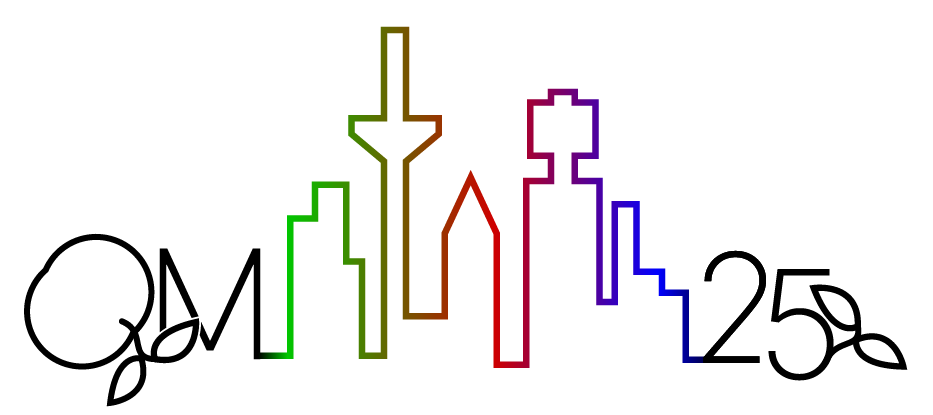Speaker
Description
The CBM experiment at FAIR offers a unique opportunity to study a wide range of nuclear physics phenomena using proton beams. By investigating hadron production, collective phenomena, nuclear structure and dynamics, and the formation of the quark-gluon plasma (QGP), we aim to gain deeper insights into the fundamental properties of matter and the strong force.
In this poster, we will present the physics and reconstruction performance of CBM for the planned proton beam program, with a specific focus on production rates and spectroscopy of ground and excited states of open charm hadrons.
Utilizing proton beams of up to 30 GeV, combined with the CBM experiment's capability of achieving high collision rates of up to 10 MHz, these studies aim to shed light on charm quark dynamics in proton-proton and proton-nucleus collisions. Charm quarks are produced in such high- energy collisions due to their significant mass, through hard scattering processes early in the collision timeline. Once produced, charm quarks combine with lighter quarks, leading to the formation of hadrons known as open charm hadrons (e.g., D mesons). The production rates of these open charm hadrons are sensitive indicators of the underlying QCD processes, offering key insights into the mechanisms governing charm quark production and hadronization. In addition to studying the ground states of open charm hadrons, we also investigate the spectroscopy of their excited states. The study of these excited states, including both charm mesons and charm baryons, is essential for probing the internal structure of hadrons, understanding quark-gluon interactions, and testing theoretical models like lattice QCD.
By examining production rates and the spectral properties of these charm hadrons, we aim to deepen our understanding of how quarks bind into hadrons and how the strong force operates under extreme conditions. These studies are integral to advancing the field of hadron physics and are positioned to significantly expand the scientific scope of the CBM experiment, particularly in the context of exploring novel phenomena within QCD.
| Category | Experiment |
|---|---|
| Collaboration (if applicable) | CBM |
